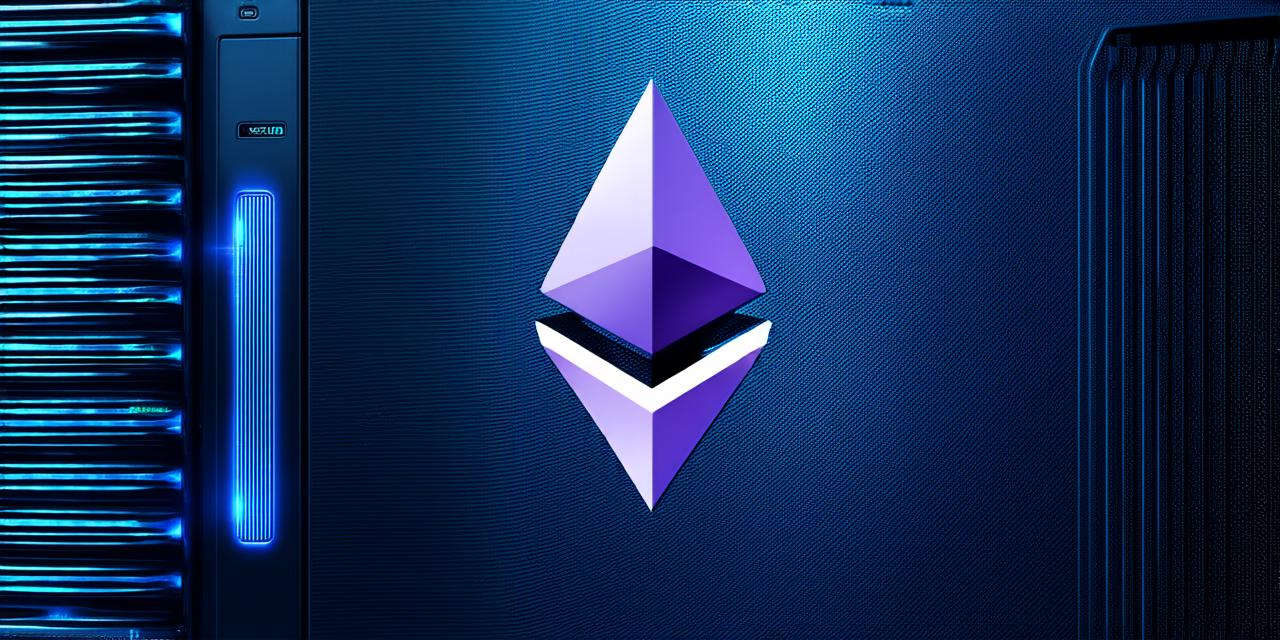In the ever-evolving landscape of blockchain technology, one name echoes with resounding significance – Ethereum. Known as the ‘world computer’, it powers a myriad of decentralized applications (dApps) and smart contracts. But have you ever wondered about its data storage requirements? Let’s delve into the question, “How many gigabytes is the Ethereum blockchain?”
The Gigabyte Giants
As of writing, the Ethereum blockchain weighs in at approximately 2.5 terabytes (TB). To put this into perspective, it’s equivalent to about 2,500 gigabytes (GB). This size is a testament to Ethereum’s robustness and versatility, housing countless dApps and smart contracts.
Blockchain Growth: A Case Study
The growth of the Ethereum blockchain can be likened to a sprawling city, constantly expanding its boundaries. Each new block added to the chain is like a new building, contributing to this digital metropolis’s ever-increasing size.

Factors Influencing Blockchain Size
Several factors contribute to the Ethereum blockchain’s size. Transactions, smart contracts, and dApps are the primary drivers of data growth. The more transactions and complex smart contracts, the larger the blockchain becomes.
The Road Ahead: Sharding and State Channels
To address the growing size of the Ethereum blockchain, developers are exploring solutions like sharding and state channels. Sharding will divide the network into smaller pieces (shards), reducing the data each node needs to store. State channels, on the other hand, allow for off-chain transactions, further minimizing the blockchain’s size.
A Word from the Experts
Vitalik Buterin, Ethereum’s co-founder, emphasizes, “The current size of the Ethereum blockchain is a testament to its popularity and utility. However, it’s crucial that we continue to innovate and scale efficiently to accommodate future growth.”
In Conclusion
The Ethereum blockchain’s size may seem daunting, but it underscores the platform’s immense potential. As developers, we are not just building on a blockchain; we are contributing to a digital city teeming with life and innovation. So, let’s continue to push boundaries, scale efficiently, and shape the future of this remarkable technology.
FAQs
Q: How can I check the current size of the Ethereum blockchain?
A: You can use various online tools like Etherscan or Blockchair to check the current size of the Ethereum blockchain.
Q: What are sharding and state channels, and how do they help in reducing the Ethereum blockchain’s size?
A: Sharding is a method of dividing the network into smaller pieces (shards), reducing the data each node needs to store. State channels allow for off-chain transactions, further minimizing the blockchain’s size.
